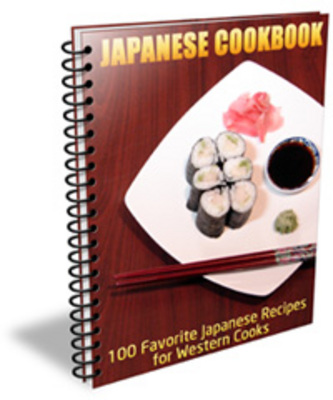$8.25
Download NowSold by netizen on Tradebit
The world's largest download marketplace
3,274,571 satisfied buyers
The world's largest download marketplace
3,274,571 satisfied buyers

100 Favorite Japanese Recipes for Western Cooks
The basic materials required in Japanese cooking are white rice, tender fish, beautiful vegetables of varied hues, miso-soup with its fragrance, and green tea. The real esthetic value of cooking in this country is to bring out the various special flavors of the above materials. For example, if you have some fresh fish, you may prepare it without changing its natural and peculiar flavor, as in suimono (clear soups), yakimono (broiled foods), nimono (boiled foods), mushimono (steamed foods), agemono (fried foods), as sashimi (sliced raw fish), or as namasu (raw fish mixed with vegetables and flavored with vinegar). Vegetables may be treated in the same fashion, as they are available all the year round, and they may be prepared as hitashimono (boiled greens), nimono (boiled foods), in miso-soup, tsukemono (pickles), and so on, in such a way as to preserve their original, special flavor. Sometimes they are used together with other foods for flavor or fragrance.
Here is the some of the recipes:
* Tempura * Chirahi-zushi * Makunochi * Cold Somen * Horoku-yaki * Soups (15 varietes) * Nimono (10 varietes) * Yakimono (10 varietes) * Agemono (3 varietes) * Nabemono (4 varietes) * Mushimono (8 varietes) * Hitashimono (5 varietes) * Aemono (4 varietes) * Sunomono (5 varietes) * Sashimi (6 varietes) * Meshimono (7 varietes) * Sushi (8 varietes) * Tsukemono (2 varietes) * Japanese Cakes (6 varietes) * Seasonal menus * Everyday Menus
Everything is in plain English.
File Data
This file is sold by netizen, an independent seller on Tradebit.
| File Size | 9 megabytes |
| File Type | ZIP |
